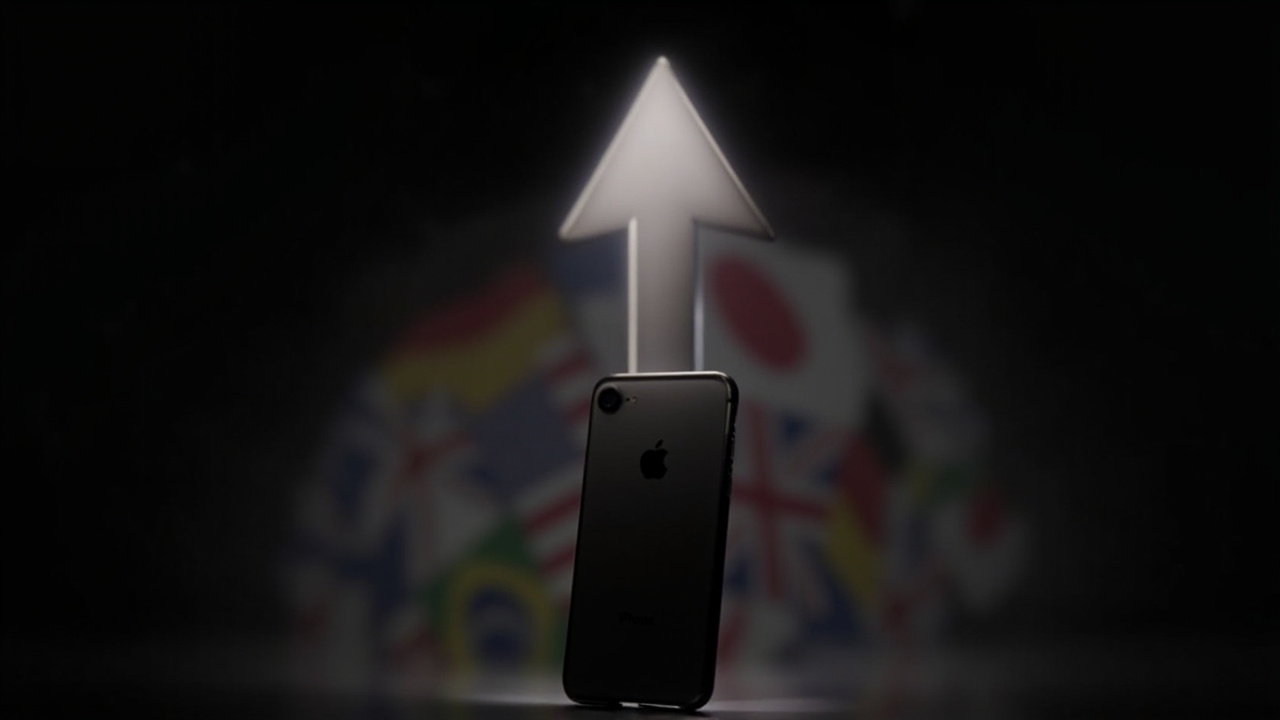Circle's IPO Signals Growth in the Cryptocurrency Landscape

The recent news surrounding Circle, the issuer of the popular USD Coin (USDC), launching its initial public offering (IPO) with a nearly $6 billion valuation marks a pivotal moment in the ever-evolving landscape of cryptocurrency. As a notable player in the stablecoin market, Circle's endeavors highlight an increasing legitimacy and interest among institutional investors amid a growing regulatory framework. The spotlight on Circle's IPO isn't just a whisper in the digital currency sphere; it's a bellwether for the entire sector, particularly as the U.S. is on the cusp of establishing a regulatory structure for stablecoins.
Circle's decision to target a valuation of approximately $6 billion reflects substantial investor enthusiasm towards stablecoins, specifically at a time when demand is buoyed by a growing desire for regulatory clarity. With USDC's market cap reaching about $62 billion, it claims roughly 27% of the stablecoin total market cap, boasting a 40% growth this year compared to Tether's more modest 10%. This data not only signifies robust interest from retail and institutional investors alike but also sets a critical precedence of stability and confidence in a market previously marred by volatility. Could this dynamic represent a shift towards a more trusted cryptocurrency ecosystem among traditional investors?
From a corporate strategy perspective, the implications of Circle's IPO extend beyond its own valuation. Given the close relationship between Circle and Coinbase, with a 50% revenue-sharing agreement and mutual interest in enhancing USDC's market position, Circle's public debut may also fortify Coinbase's revenue streams and overall market credibility. With increased institutional investment in the crypto sphere, both companies may strategically exploit the anticipated rise in interest from traditional financiers seeking to tap into the burgeoning digital asset landscape. Yet, while the prospect of a robust stablecoin market holds promise, investors should remain aware of lurking risks—especially as evolving regulations could impose unforeseen compliance costs or operational constraints on players within this space.
In summary, as Circle's IPO unfolds, it will undoubtedly attract scrutiny from various stakeholders: investors, regulators, and consumers. Given the historical parallels to past market phenomena like the dot-com bubble or the 2008 financial crisis, one must critically evaluate how this development could shape the future landscape of digital currencies. It poses a compelling question: Could the regulatory landscape that is being crafted offer a protective shield against the kinds of speculative excesses seen in prior market cycles, or does it risk stifling innovation and growth? As we advance, the success of Circle's IPO could either bolster or undermine investor confidence in cryptocurrency, solidifying the notion that clarity in regulation is paramount to nurturing a secure and sustainable financial ecosystem.
Read These Next

SNB President: Focus on medium-term price stability, not current inflation rates.
Swiss central bank's governor emphasized focusing on medium-term price stability over short-term inflation for economic sustainability.

Europe's Pivot Back to Nuclear Energy: A Divisive Shift
The article discusses Europe's renewed interest in nuclear energy as countries aim for greater energy independence, highlighting changes in energy policy, the potential role of advanced nuclear technologies, and the implications for the energy sector.

India's iPhone exports to U.S. soared 76%, but Trump, Beijing complicate further growth.
The article discusses the 76% surge in iPhone exports from India to the U.S., highlighting the implications for Apple's supply chain diversification amidst trade tensions with China and the U.S.
